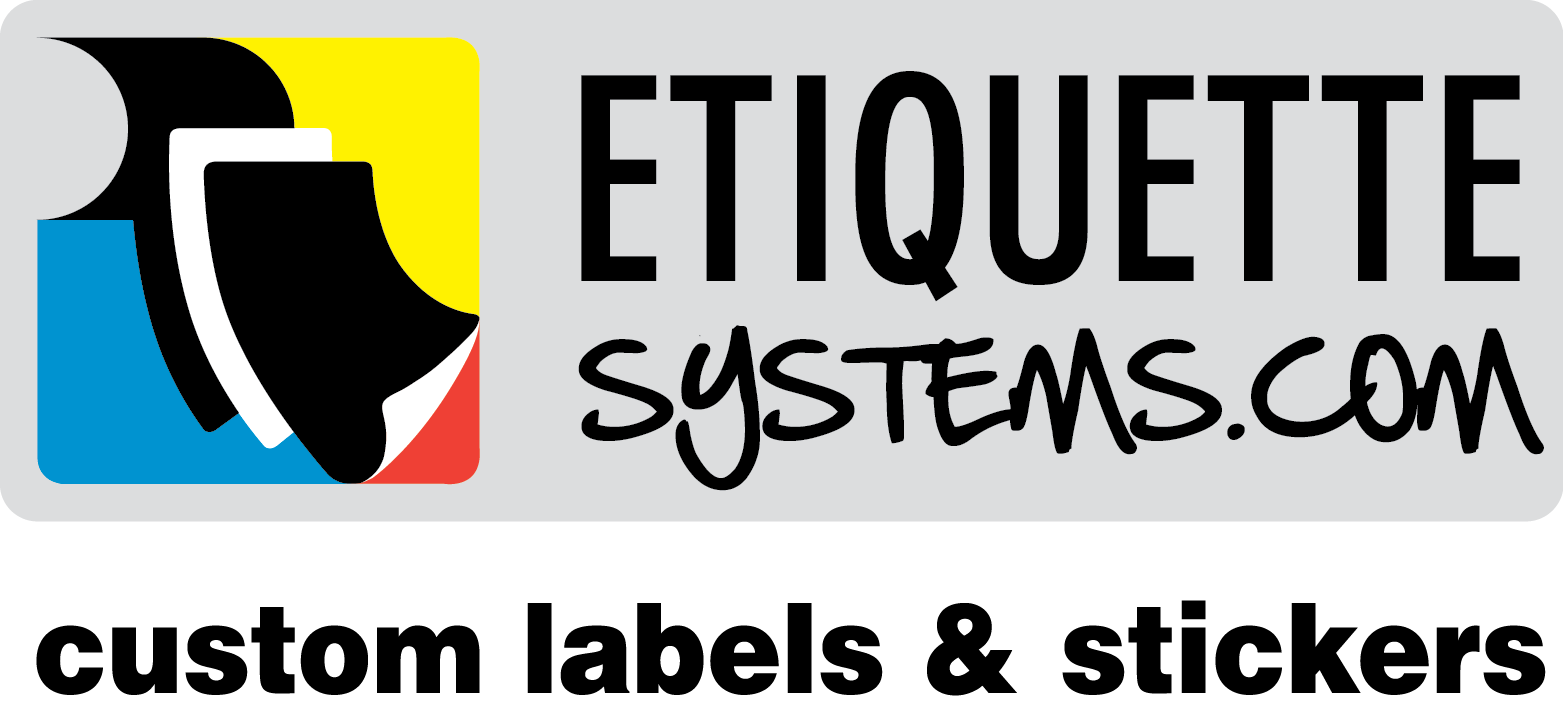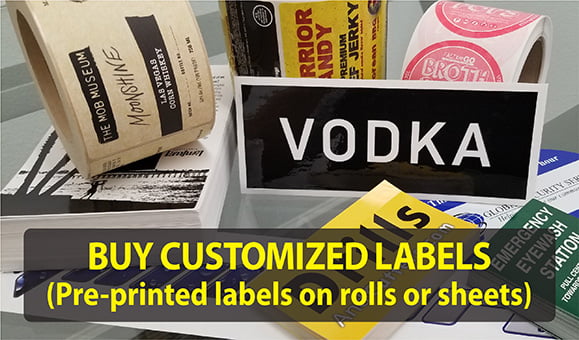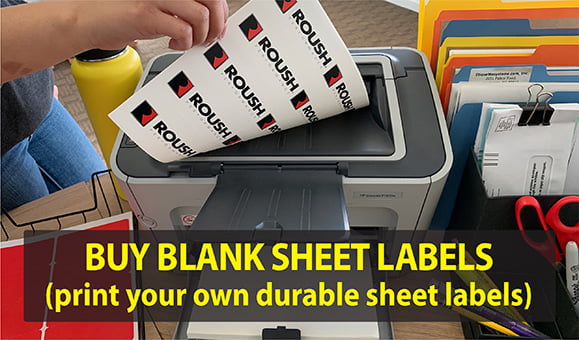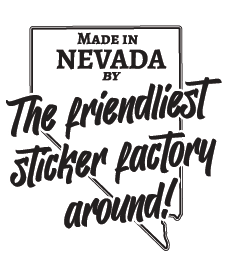Learn About Freezer Labels

Freezer labels are an important tool for organizing and labeling food items that are stored in the freezer. Freezing food is an excellent way to preserve it, extending its shelf life and preventing spoilage. However, it can be challenging to keep track of what's in your freezer and how long it has been stored there. In this article, we will explore freezer labels and their significance in keeping your frozen food organized and safe to eat.
What are Freezer Labels?
Freezer labels are specially designed labels that are used to mark and identify food items that are stored in the freezer. They are typically made from durable materials that can withstand low temperatures and remain legible even when exposed to moisture. Freezer labels come in a variety of shapes, sizes, and colors, and are designed to fit different types of food packaging, including plastic containers, freezer bags, and aluminum foil.
Why are Freezer Labels Important?
Freezer labels are essential for several reasons. First, they help to keep your frozen food organized, making it easier to find what you need when you need it. By labeling your frozen food, you can avoid the frustration of digging through a pile of unmarked containers, trying to figure out what's inside. Second, freezer labels help you keep track of how long food has been stored in the freezer. Proper storage times can vary depending on the type of food, and keeping track of this information can help you avoid eating food that has gone bad. Finally, freezer labels can help you avoid waste by allowing you to use up older food items before they go bad.
What Information Should You Include on a Freezer Label?
When labeling food items that will be stored in the freezer, there are several key pieces of information that you should include on the label. First, you should write the name of the food item, so you know what's inside the container. Next, you should include the date that the food was frozen. This will help you keep track of how long the food has been stored and avoid eating food that has been in the freezer for too long. Finally, you may want to include additional information, such as the quantity of the food or any special instructions for reheating or cooking.
Tips for Using Freezer Labels
Here are some tips for using freezer labels effectively:
- Use a permanent marker or freezer pen to write on the label, as regular pens or markers may smudge or fade when exposed to low temperatures.
- Place the label on the front of the container, where it is visible and easy to read.
- Make sure that the label is securely attached to the container, so it doesn't fall off or get lost.
- Use different colored labels or labels with different designs to help you identify different types of food items or to indicate how long they've been in the freezer.
- Regularly review the contents of your freezer and remove any items that are past their storage time or show signs of freezer burn or spoilage. In conclusion,










